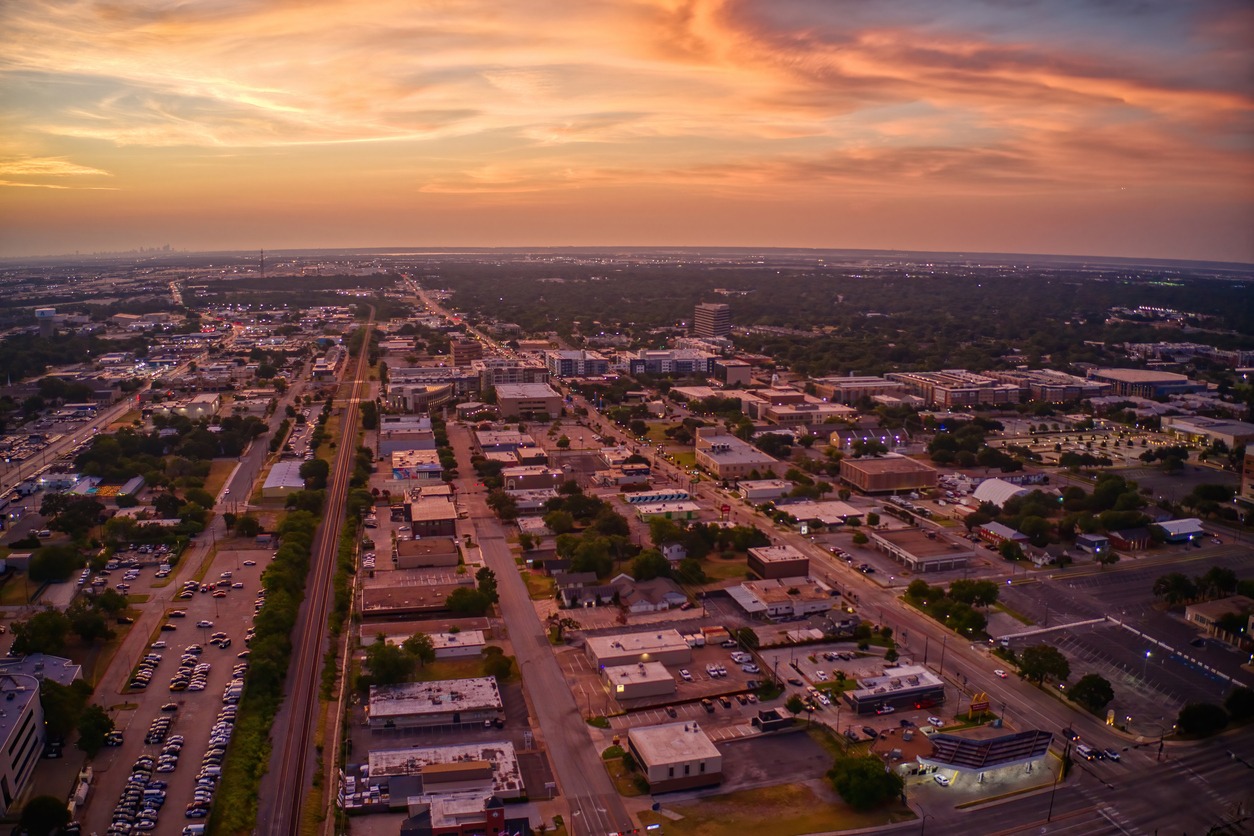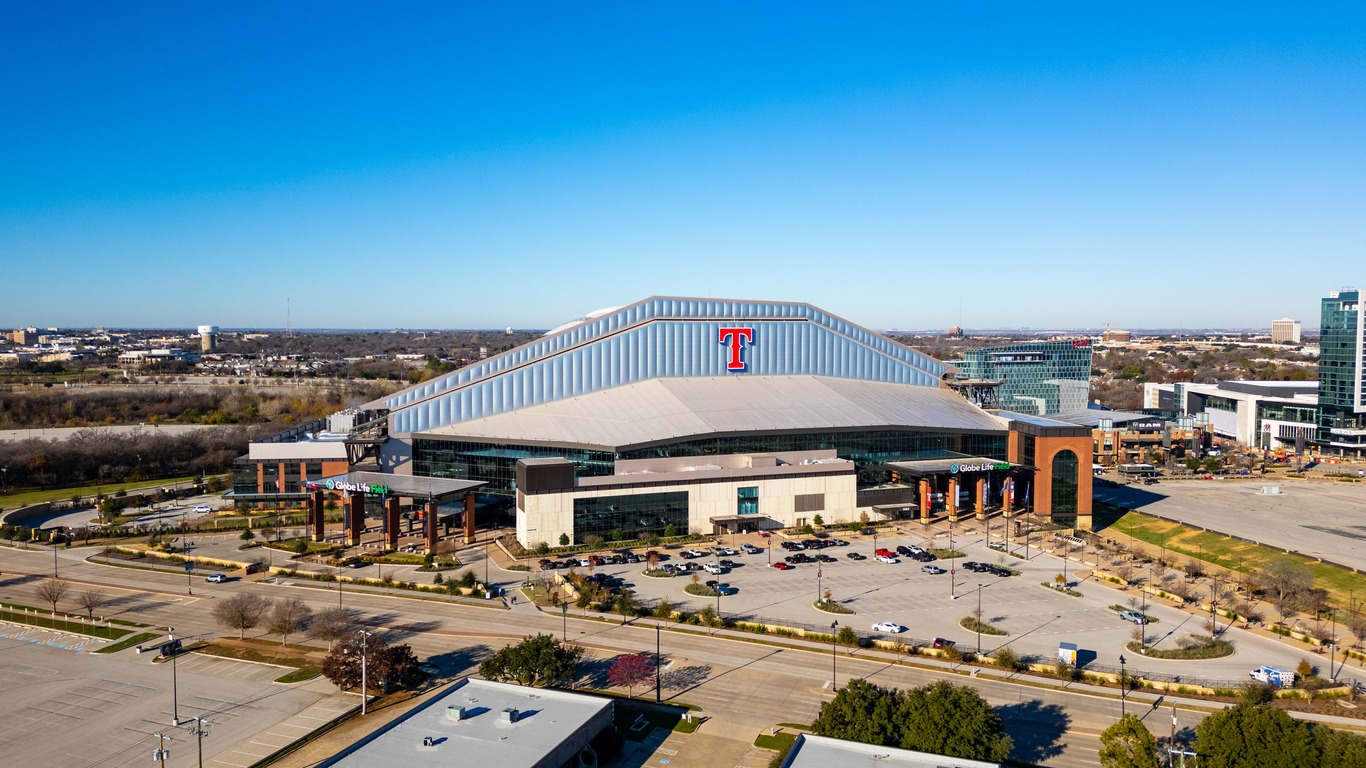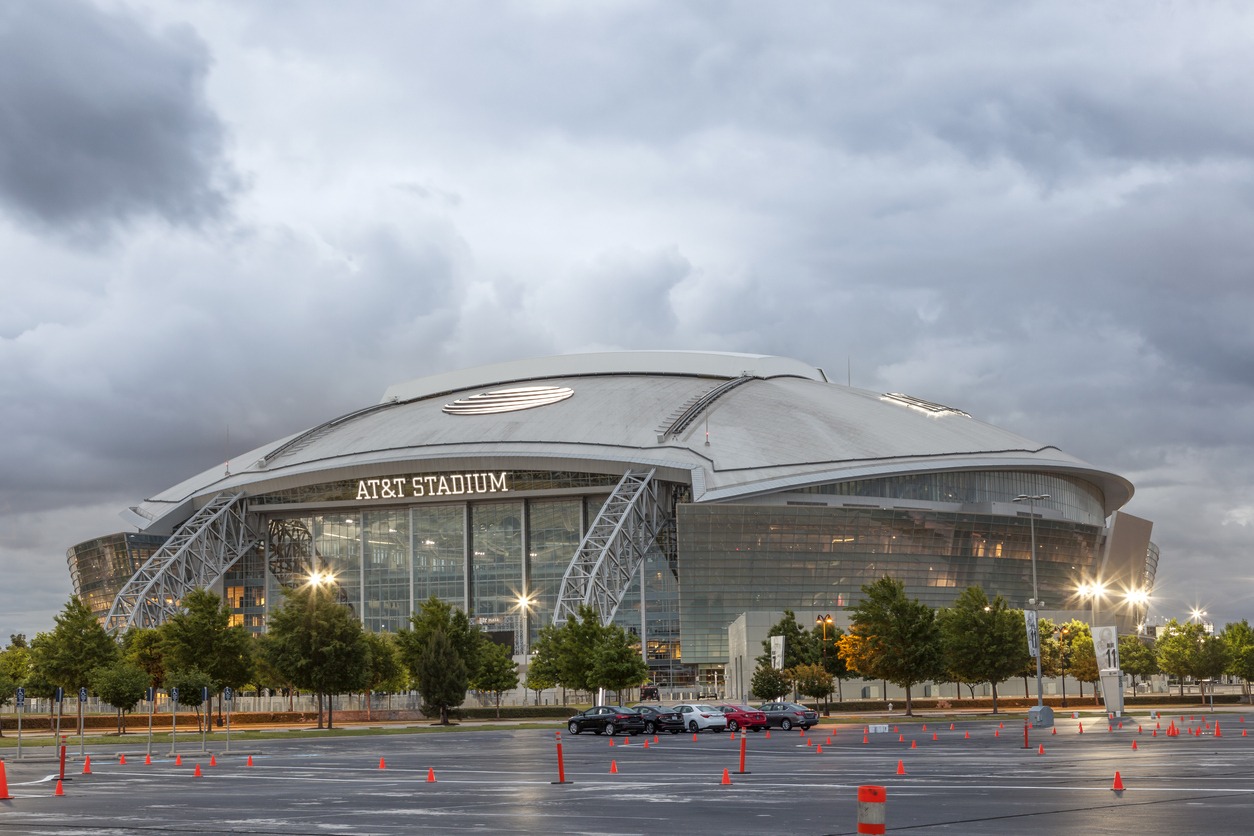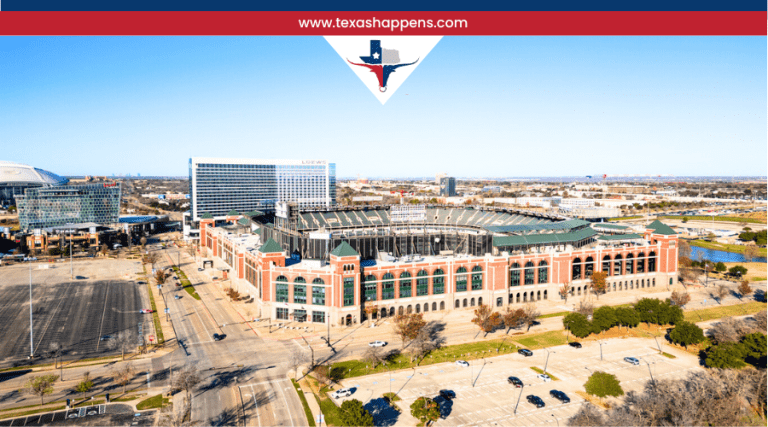Welcome to Arlington, Texas! Situated between Dallas and Fort Worth, this lively city is packed with history, culture, and exciting attractions. Whether you’re into Texas history, looking for fun activities, or just curious about the area, Arlington has something for everyone. Let’s dive into its incredible story and see why it’s such a special place to explore.
Early Settlements and Founding
Arlington’s journey began in 1841 when Major Jonathan Bird established the first Anglo settlement in the area. Back then, it was a rugged frontier with challenges like harsh weather and tense relations with local Native American tribes. Bird’s efforts led to the Treaty of Birds Fort in 1843, a significant agreement aimed at fostering peace between settlers and tribes.
In 1873, European settlers founded a new settlement near what is now Arlington. The area’s rich soil attracted farmers and agriculture-related businesses, laying the foundation for a thriving community. A trading post near Bone Marrow Spring became a focal point for commerce, following the battle between Texas General Edward H. Tarrant and Native Americans at Village Creek in May 1841.
By 1876, Arlington was officially founded as a settlement aligned with the Texas and Pacific Railway, which spurred growth. The city was named after Arlington House in Virginia, once owned by General Robert E. Lee. Early Arlington developed as a cotton-ginning and farming center, and in 1884, it was incorporated as a city. By 1910, residents enjoyed modern amenities like electricity, natural gas, water, telephone services, and a public school system.
The city’s population grew steadily, reaching about 4,000 residents before World War II. Then, in 1954, Arlington experienced rapid industrialization with the arrival of the General Motors assembly plant. This development, along with aerospace and automotive industries, fueled a post-war suburban boom.
Between 1950 and 1990, Arlington became one of the fastest-growing cities in the United States. In 1961, Six Flags Over Texas opened, and ten years later, the Washington Senators relocated to Arlington, becoming the Texas Rangers.
Geographical Features and Resources
Did you know that Arlington’s landscape was shaped by ancient seas? Millions of years ago, the western part was an oceanic beach, while the eastern side was a shallow sea. These unique features contributed to fertile lands and natural resources like the Barnett Shale, a major source of natural gas today.
For early settlers, this geography was a lifesaver. The fertile land and mild climate made it perfect for cotton farming, which became a cornerstone of Arlington’s early economy. Even before that, the Caddo Indians thrived here, living off the land’s rich resources. Arlington’s natural history continues to influence its development today.
Economic Growth and Transformation

By the late 1800s, Arlington was thriving. The Texas and Pacific Railway arrived in 1876, turning the town into a hub for trade and agriculture. Cotton farming was booming, with several gins in operation by 1890. But Arlington didn’t stop there.
In 1954, General Motors opened a plant here, shifting the city’s focus from agriculture to industry. Today, the plant produces thousands of vehicles daily. And then there’s the entertainment—Six Flags Over Texas opened in 1961, bringing thrills to visitors of all ages, and AT&T Stadium, home of the Dallas Cowboys, became an architectural icon and event hub.
Transportation Developments
Transportation has always been key to Arlington’s success. The Interurban Trolley System, established in 1902, connected the city to Dallas and Fort Worth, making travel easier. Highways like I-30 and I-20 further boosted its growth by improving accessibility for businesses and residents alike.
Places to Visit in Arlington for Sports and Entertainment

Arlington is a hotspot for sports fans and entertainment enthusiasts alike. From iconic stadiums to thrilling amusement parks, the city offers attractions that are sure to delight visitors of all ages. Here are some must-visit places for an unforgettable experience:
- AT&T Stadium
- This massive stadium isn’t just for football. It’s a place where you can catch concerts, college games, and even art tours. With seating for around 100,000 people, it’s the largest domed structure in the world and a must-see for visitors.
- Globe Life Field
- As the home of the Texas Rangers, Globe Life Field is a state-of-the-art ballpark. Its retractable roof ensures comfort year-round, and it’s a great spot for concerts and events too.
- Six Flags Over Texas
- Known as the first park in the Six Flags chain, this amusement park has something for everyone. From thrilling coasters like the Texas Giant to family-friendly rides and live entertainment, it’s a classic Arlington experience.
- International Bowling Museum and Hall of Fame
- Discover the history of bowling at this unique museum near Six Flags. It’s packed with fun exhibits and memorabilia that even non-bowlers will enjoy.
- Arlington Convention Center
- Hosting everything from trade shows to comic book conventions, this venue has over 50,000 square feet of event space. It’s a hotspot for unique gatherings and cultural events.
Educational Institutions in Arlington
Arlington is home to a range of educational institutions that shape the community and provide excellent learning opportunities. Whether you’re pursuing higher education or looking for innovative schools, Arlington has you covered. Here are some of the standout institutions:
- University of Texas at Arlington (UTA)
- With over 41,000 students, UTA is a hub for innovation and learning. Known for its strong programs in engineering and nursing, it also offers a vibrant campus life and a top-tier planetarium.
- Arlington Independent School District (AISD)
- AISD serves more than 60,000 students and is known for its excellent academics, arts, and athletics programs. It’s a cornerstone of Arlington’s community.
- Tarrant County College Southeast Campus
- This community college focuses on affordability and accessibility, providing a wide range of programs for students of all ages.
- Arlington Classics Academy
- A charter school with a rigorous curriculum, it emphasizes character education alongside academic achievement.
- George W. Hawkes Downtown Library
- More than just a library, this modern facility offers collaborative spaces, digital tools, and engaging programs for all ages.
Fascinating Facts About Arlington

Arlington is a city full of surprises, with a rich history and unique trivia that make it stand out. Here are some fascinating facts that showcase its character and charm:
- Arlington’s Archosaur Site has uncovered thousands of fossils.
- These discoveries include ancient crocodiles and dinosaurs, offering an incredible glimpse into the prehistoric world. The site has been active since 2008 and remains an exciting location for paleontological research.
- Top O’ Hill Terrace was known as the “Vegas before Vegas.”
- This secret gambling hotspot from the 1920s and 1930s is now part of Arlington Baptist University. Visitors can take guided tours to learn about its colorful and clandestine history.
- Seven Seas Marine Life Park was a 1970s favorite.
- Located near Six Flags, this marine park featured dolphin shows and other aquatic attractions. Though it closed decades ago, it’s fondly remembered by locals.
- Arlington had a famous mineral well known for its healing properties.
- From 1892 to 1951, people visited downtown Arlington to sample water from the mineral well, which was believed to cure various ailments.
- Arlington Downs Racetrack was a top horse racing venue in the 1930s.
- This premier track drew huge crowds until parimutuel betting was banned. Its legacy still intrigues racing enthusiasts today.
- AT&T Stadium is the largest domed structure in the world.
- This engineering marvel isn’t just a stadium; it’s a destination for sports, concerts, and even art tours. It has hosted iconic events like Super Bowl XLV.
- The Interurban Trolley connected Arlington to Dallas and Fort Worth.
- Beginning in 1902, this early transit system made travel convenient and laid the groundwork for Arlington’s growth as a commuter city.
- Arlington was a leader in suburban population growth post-WWII.
- The city’s rapid expansion between 1950 and 1990 earned it a spot as one of the fastest-growing suburbs in the United States.
Notable Historical Figures
The story of Arlington wouldn’t be complete without recognizing the remarkable individuals who shaped its history. These figures played pivotal roles in transforming Arlington into the vibrant city it is today:
- Major Jonathan Bird – A pioneering settler whose leadership helped establish peace and set the foundation for Arlington’s growth.
- Reverend Andrew Hayter – Founder of Hayterville and an influential community leader who enriched the area with his vision.
- Tom Vandergriff – As mayor from 1951 to 1977, he brought major industries and attractions to Arlington, shaping it into the vibrant city it is today.
- Dr. Jack Woolf – A key figure in the history of UTA, helping transition it into a major institution within the University of Texas system.
Conclusion
Arlington’s evolution from a frontier town to a thriving city is a story of resilience, vision, and community spirit. From its rich history to its modern attractions, there’s so much to see and do here. Whether you’re exploring its past, enjoying a game at AT&T Stadium, or taking a thrill ride at Six Flags, Arlington has a little something for everyone.
So why wait? Plan your visit and discover all the amazing things Arlington has to offer!


